Ritika Kochhar steps into the land of legends.
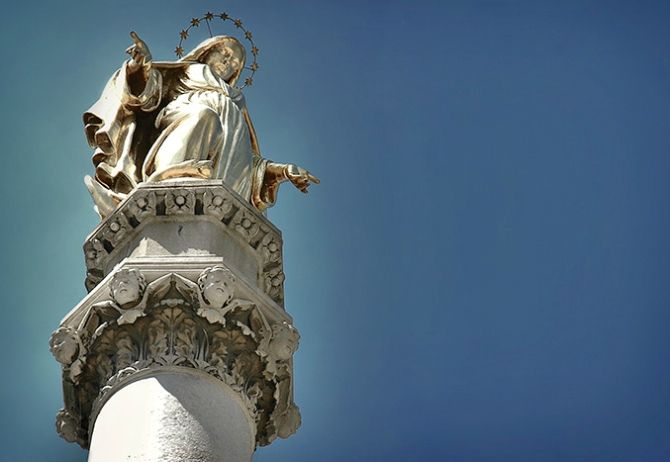
Photograph: Igor Mazic/Flickr.
The states of former Yugoslavia have a history that goes back to the earliest civilisations.
Thanks to the fact that the country was the easiest alternative to the uncrossable Alps, the Greeks, Romans, Vikings, and even the Ottomans and Hapsburgs conquered, crossed and/or inhabited it at some stage.
This cross-pollination of Roman Catholicism and Christian Orthodoxy, coupled with the unconquerable defiance of the Slavs, made the people of the region hold on to their religious beliefs even more strongly in the face of Communism. So much so that every city here teems with its own legends and beliefs -- the most prominent being a devotion to Mary, mother of Jesus.
The most easily accessible of the six countries that the former Yugoslavia has split into is Croatia.
Even the best creators of modern myths, like the makers of Game of Thrones and Star Wars, go there for its otherworldly beauty and its legends.
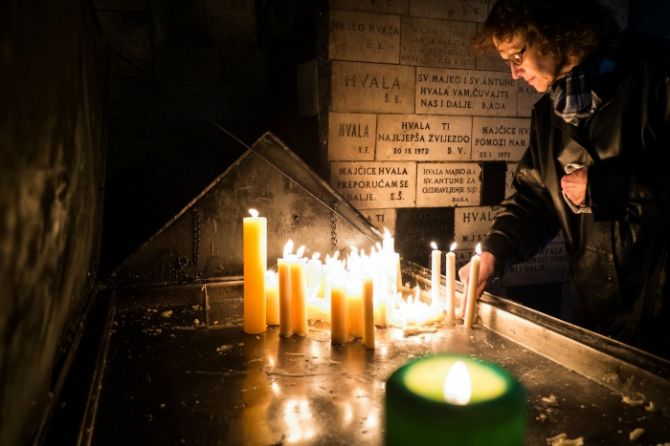
Every city here teems with its own legends and beliefs -- the most prominent being a devotion to Mary, mother of Jesus.
Photograph: Nathan Meijer/Flickr.
Zagreb, the capital of Croatia, for example, has a chapel that lies under an old bridge on the main street in the old city.
The only indication that it exists are some barriers in the middle of the road. Cross these and you come across walls layered with plates, each engraved with text expressing gratitude to Mother Mary.
Turn a sharp corner and one finds two tables piled high with lit candles.
An impressive Baroque fence encircles flowers and other offerings in front of a beautiful pre-Renaissance painting of the Virgin Mary, holding a sceptre in one hand and baby Jesus, who has a small globe in his left hand, in the other.
This tiny street-corner chapel, dedicated to this 14th-century painting of the Madonna and Child, is called the Madonna of the Stone Gate.
The legend goes that when Gradec (part of today's Zagreb) was declared a free city, it was decided that strong walls would be built around it -- and they were, between 1242 and 1266.
However, the rest of the city was made of wood, and fires were fairly common. The Stone Gate was damaged badly in a fire in 1731. Despite being painted on linen, the Madonna and Child painting was the only thing that survived.
Even in times when praying publicly was forbidden, the citizens of Zagreb continued visiting the Madonna of the Stone Gate, which has been the most significant oath site here for almost 300 years.
In 1991, on its 260th anniversary, the Virgin Mary of Stone Gate was named the Protector of Zagreb.
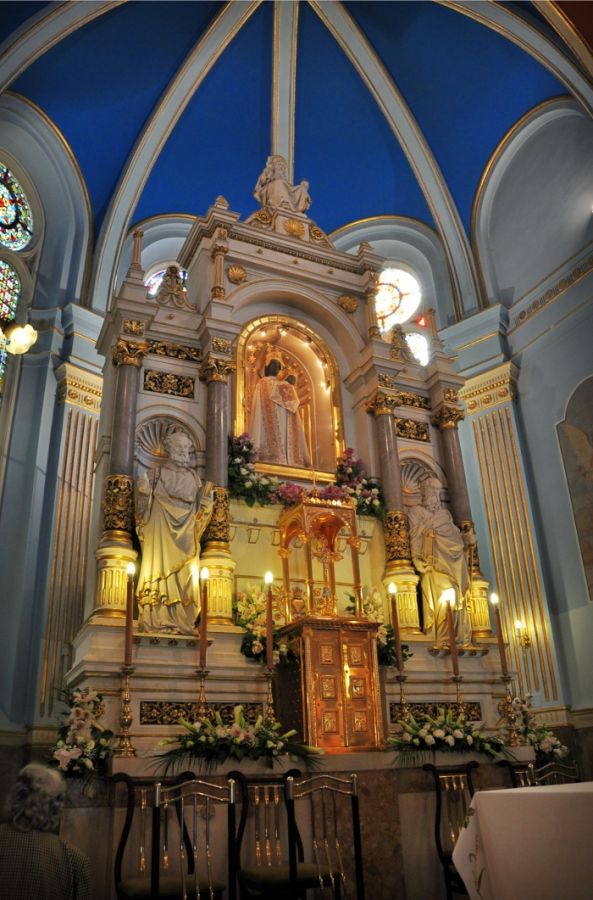
Photograph: Janos Korom/Flickr.
About an hour from Zagreb is the town of Marija Bistrica.
The small town of 1,000-odd residents holds the national shrine of Croatia and the symbol of its Marian faith.
Hundreds of thousands of pilgrims visit the statue of the Black Madonna and infant Jesus in the church here every year.
The statue has been lost and found several times over the centuries.
It's said that in 1545, a local priest hid the statue, which previously stood in a wooden chapel on the Vinski Vrh (hill) nearby, within the local church, to save it from the Ottoman Turks. The priest died without sharing the secret of its hiding place.
The statue was discovered in 1588, when, according to legend, a bright light shone from the place it was buried.
The statue had to be hidden once again in 1650 and was rediscovered in 1684.
A new church was built here between 1879 and 1882.
During the construction, a fire destroyed all of the church except the statue and the main altar.
In 1935, the archbishop of Zagreb crowned the statue Our Lady Queen of Croatia.
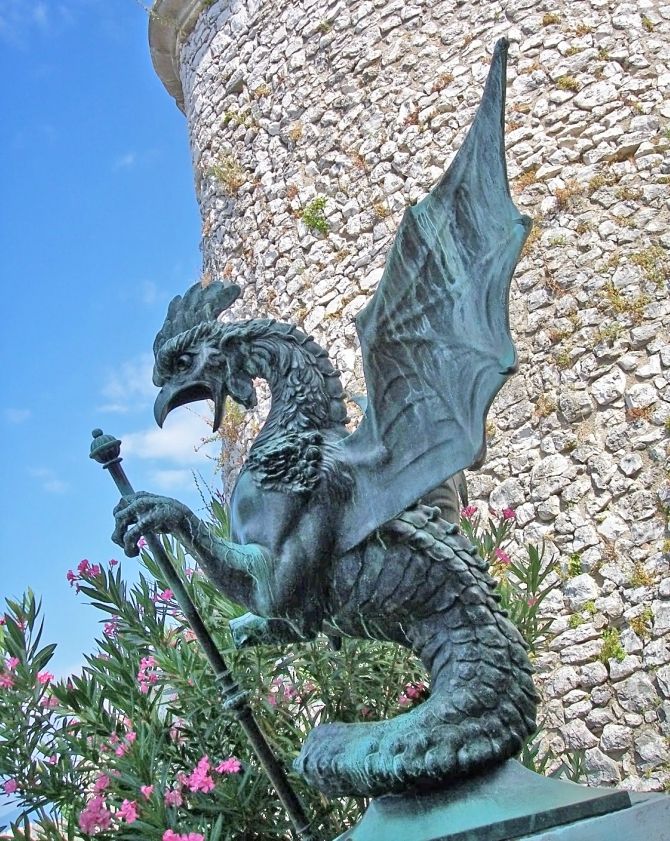
Rijeka is home to the oldest sanctuary dedicated to the Virgin Mary in Croatia.
Photograph: Wikimedia Commons.
The oldest sanctuary dedicated to the Virgin Mary in Croatia is in Rijeka, its principal seaport and third-largest city.
According to a myth, in 1291, the lumberjacks of Trsat found a small house in the local forest that wasn't there a night ago. They reported this to their priest, who revealed that he was visited by angels during the night who had brought the building in which the Virgin Mary had lived from Nazareth to Trsat to protect it from Turkish soldiers.
The house remained in Trsat for over three years.
Then, it vanished again, to reappear in the Italian town of Loretto, where it remains to this day.
Despite the strangeness of the story, some believe the house to be authentic, and the 'angels' to be a group of powerful Catholic figures who considered it an important religious artefact and financed its extraction.
The Frankopan princes of Krk erected a church at the place where the Nazareth House existed.
The original painting or icon of Mary breastfeeding the dressed baby Jesus is now kept in the monastery treasury, while a replica is placed at the main altar.
This Mary is said to be the guardian of families and travellers, especially seamen, who bring offerings so that she will guard or help them in times of trouble or illness.
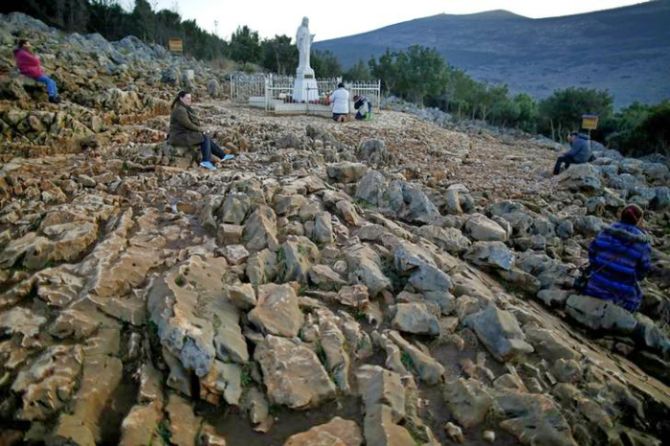
Photograph: Dado Ruvic/Reuters.
But the most fascinating Marian legend is much more recent, and set slightly outside Croatia, in the city of Medjugorje, in Bosnia and Herzegovina.
On June 24, 1981, Ivanka Ivankovi (15) and Mirjana Dragicevic (16) reported seeing an apparition of the Virgin Mary on a hill above the city. The next day, four other youngsters reported another vision. The children claimed they saw a white form with a child in her arms.
For several years, the six reported seeing daily apparitions.
In the years since, Medjugorje has reported many phenomena, such as the sun spinning in the sky, turning different colours, or being surrounded by hearts or crosses.
The tall cement cross erected on Mount Križevac above the city has reportedly disappeared and reappeared, or else glowed as if lit with lights, although there is no electricity on the mountain.
On May 13, 2017, Pope Francis declared that the original visions reported by the children were worth studying, while the subsequent continued visions are, in his view, of dubious value.
Still, people from all over the world flock to Medjugorje. So strong is the belief that our guide, a 6-foot-7-inch former basketball player, walked barefoot for some 150 km to Medjugorge to pray for a cousin's health.











 © 2025
© 2025